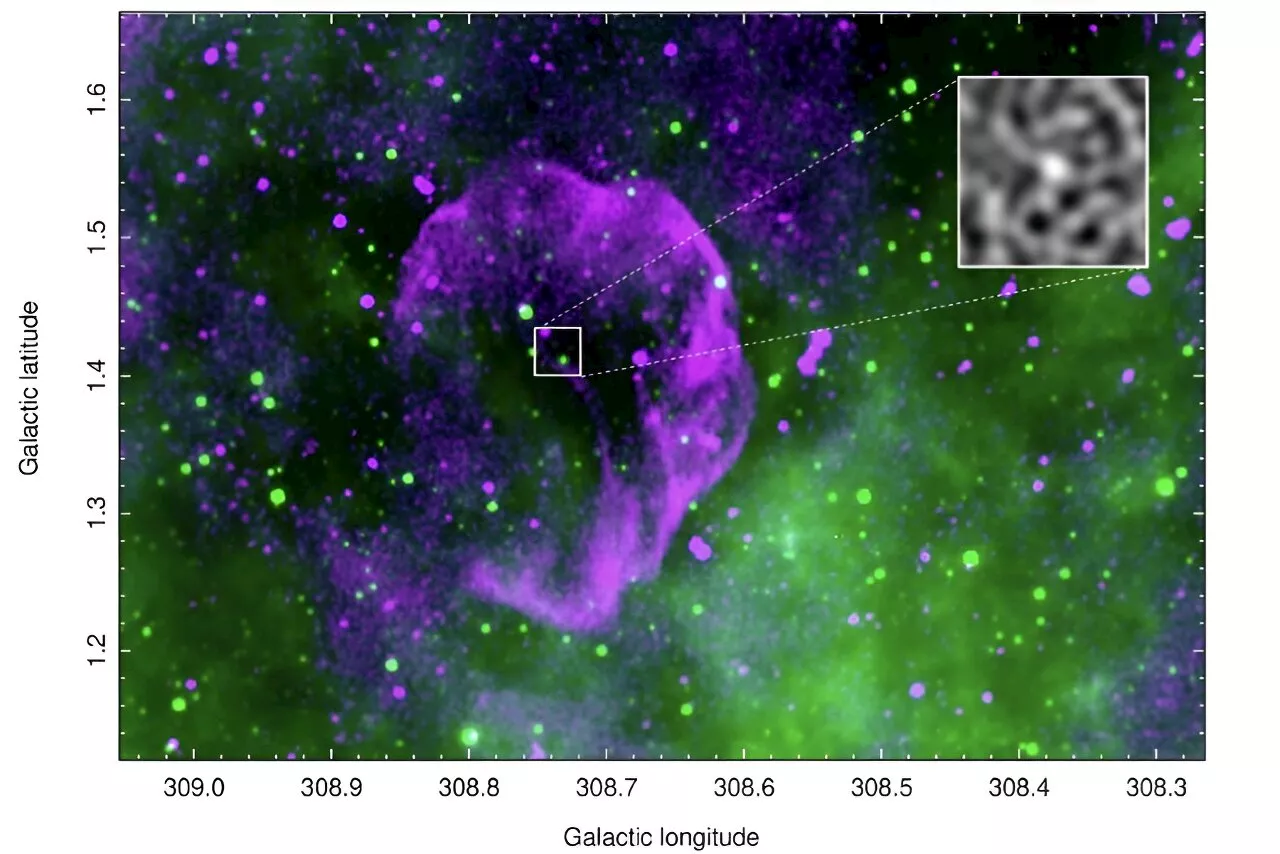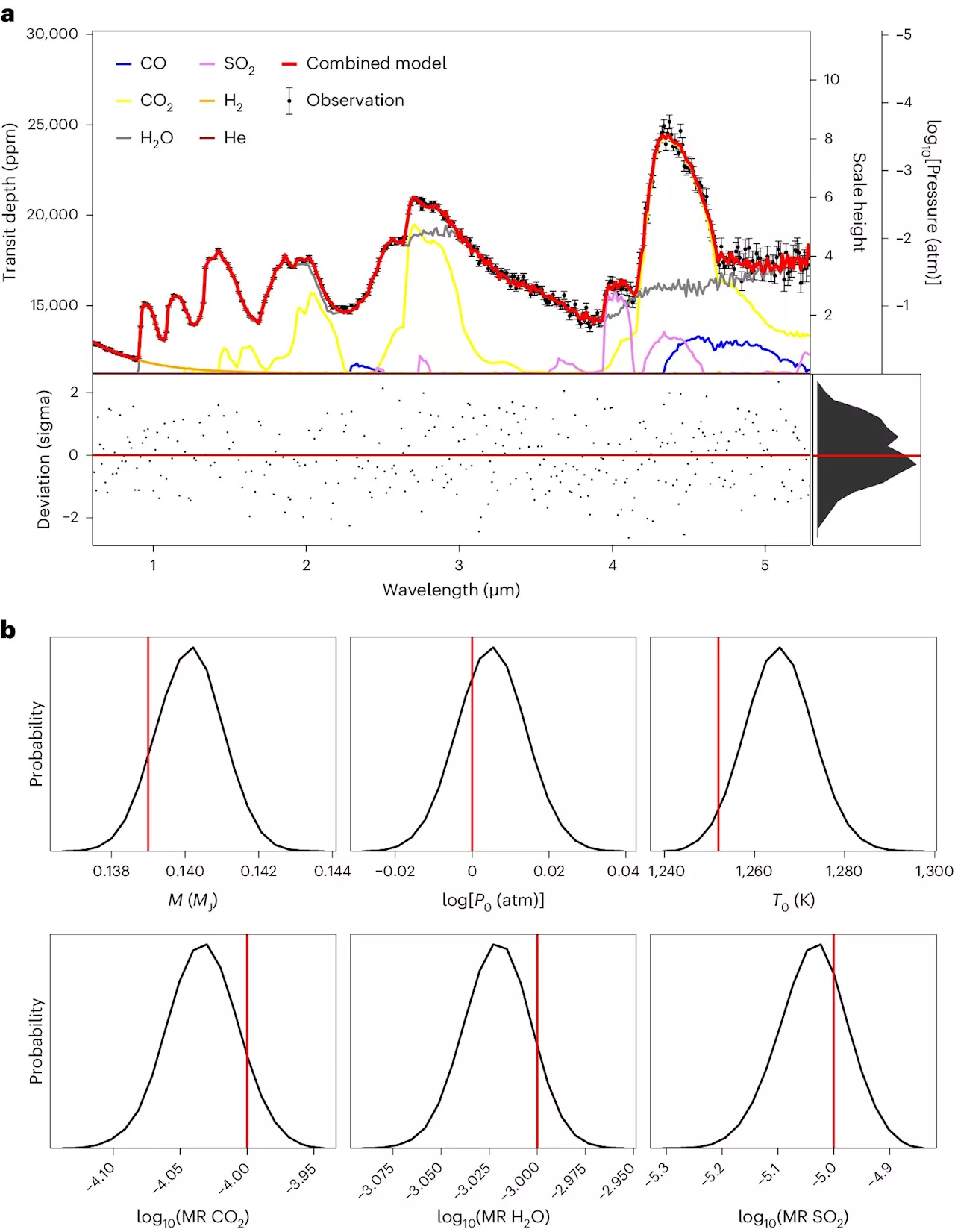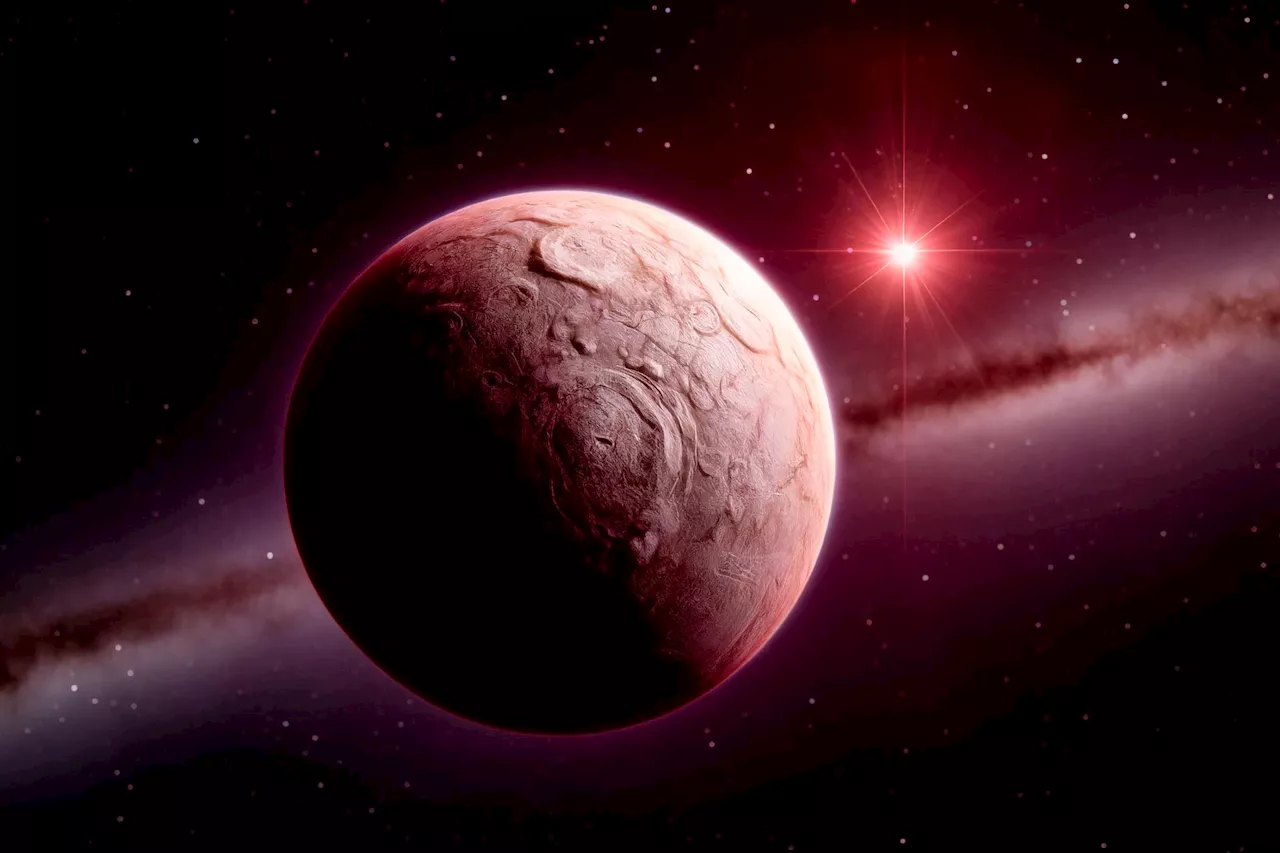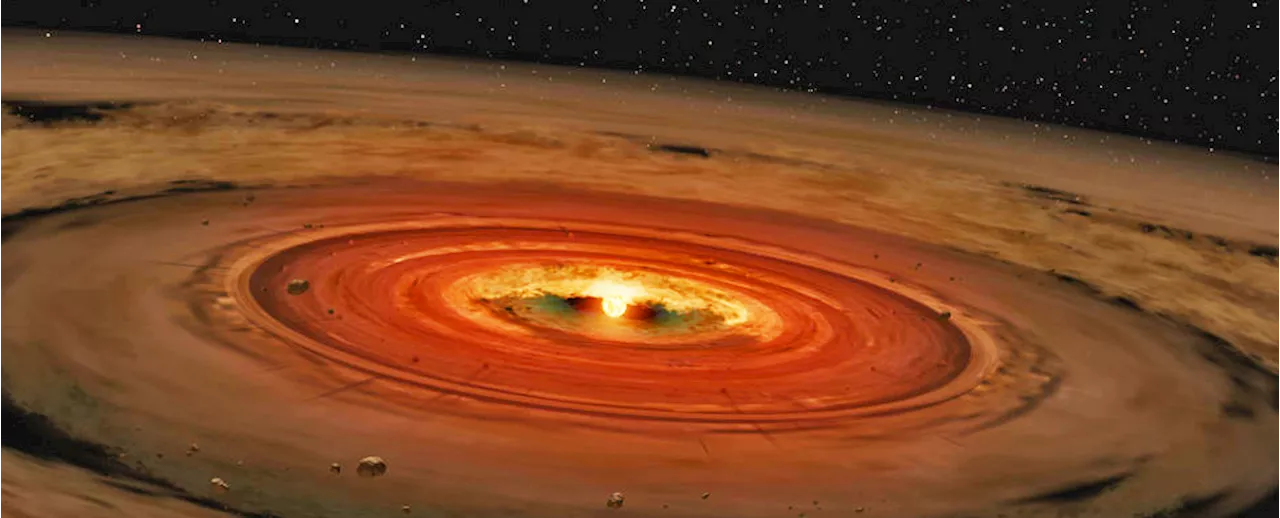The Best in Science News and Amazing Breakthroughs
An illustration of a protoplanetary disk. The solar system formed from such a disk. Astronomers suggest this birthplace was protected by a larger filament of molecular gas and dust early in history.Roughly 1,000 light-years from Earth, there is a cosmic structure known as IRAS 23077+6707 that resembles a giant butterfly.. To the surprise of many, the structure has remained unchanged for years, leading some to question what IRAS 2307 could be.
Protoplanetary disks are basically planetary nurseries consisting of the gas and dust that have settled around newly formed stars. Over time, these disks become rings as material coalesces into protoplanets in certain orbits, where they will eventually become rocky planets, gas giants, and icy bodies.
When the Pan-STARRS and SWA teams observed IRAS 23077 using the combined power of their observatories, they were quite surprised by what they saw. "The data from the SMA offer us the smoking–gun evidence that this is a disk, and coupled with the estimate of the system's distance, that it is rotating around a star likely two to four times more massive than our own Sun.
First, Since Berghea grew up in the Transylvania region in Romania, close to where Vlad the Impaler lived, he suggested Dracula.
Nigeria Latest News, Nigeria Headlines
Similar News:You can also read news stories similar to this one that we have collected from other news sources.
 Raspberry in the sky: Astronomers discover a new supernova remnant candidateAstronomers from the Western Sydney University in Australia and elsewhere report the detection of a new supernova remnant (SNR) candidate. The newfound SNR candidate, dubbed 'Raspberry' due to its morphology, was identified in the near side of the Milky Way's Scutum-Centaurus Arm.
Raspberry in the sky: Astronomers discover a new supernova remnant candidateAstronomers from the Western Sydney University in Australia and elsewhere report the detection of a new supernova remnant (SNR) candidate. The newfound SNR candidate, dubbed 'Raspberry' due to its morphology, was identified in the near side of the Milky Way's Scutum-Centaurus Arm.
Read more »
 Astronomers discover ‘cotton candy’ like dense planet 1,200 light-years awayThe team hypothesizes that the exoplanet is primarily made of hydrogen and helium—similar to other gas giants in our galaxy.
Astronomers discover ‘cotton candy’ like dense planet 1,200 light-years awayThe team hypothesizes that the exoplanet is primarily made of hydrogen and helium—similar to other gas giants in our galaxy.
Read more »
 Astronomers discover WASP-193b, a giant planet with a density similar to that of cotton candyAn international team led by researchers from the EXOTIC Laboratory of the University of Liège, in collaboration with MIT and the Astrophysics Institute in Andalusia, has just discovered WASP-193b, an extraordinarily low-density giant planet orbiting a distant sun-like star.
Astronomers discover WASP-193b, a giant planet with a density similar to that of cotton candyAn international team led by researchers from the EXOTIC Laboratory of the University of Liège, in collaboration with MIT and the Astrophysics Institute in Andalusia, has just discovered WASP-193b, an extraordinarily low-density giant planet orbiting a distant sun-like star.
Read more »
 Astronomers discover new Earth-sized world orbiting an ultra-cool starAn international team of astronomers has detected a new, Earth-sized planet just 55 light years away, orbiting an ultra-cool red dwarf star.
Astronomers discover new Earth-sized world orbiting an ultra-cool starAn international team of astronomers has detected a new, Earth-sized planet just 55 light years away, orbiting an ultra-cool red dwarf star.
Read more »
 Astronomers discover merging twin quasarsUsing the Subaru Telescope in Hawaii, astronomers have detected a pair of merging quasars at a high redshift, as part of the Hyper SuprimeCam (HSC) Subaru Strategic Program (SPP) survey. The serendipitous discovery is reported in the latest issue of the Astrophysical Journal Letters.
Astronomers discover merging twin quasarsUsing the Subaru Telescope in Hawaii, astronomers have detected a pair of merging quasars at a high redshift, as part of the Hyper SuprimeCam (HSC) Subaru Strategic Program (SPP) survey. The serendipitous discovery is reported in the latest issue of the Astrophysical Journal Letters.
Read more »
 Astronomers Discover Nearby Earth-Sized Planet With No AtmosphereScience, Space and Technology News 2024
Astronomers Discover Nearby Earth-Sized Planet With No AtmosphereScience, Space and Technology News 2024
Read more »
